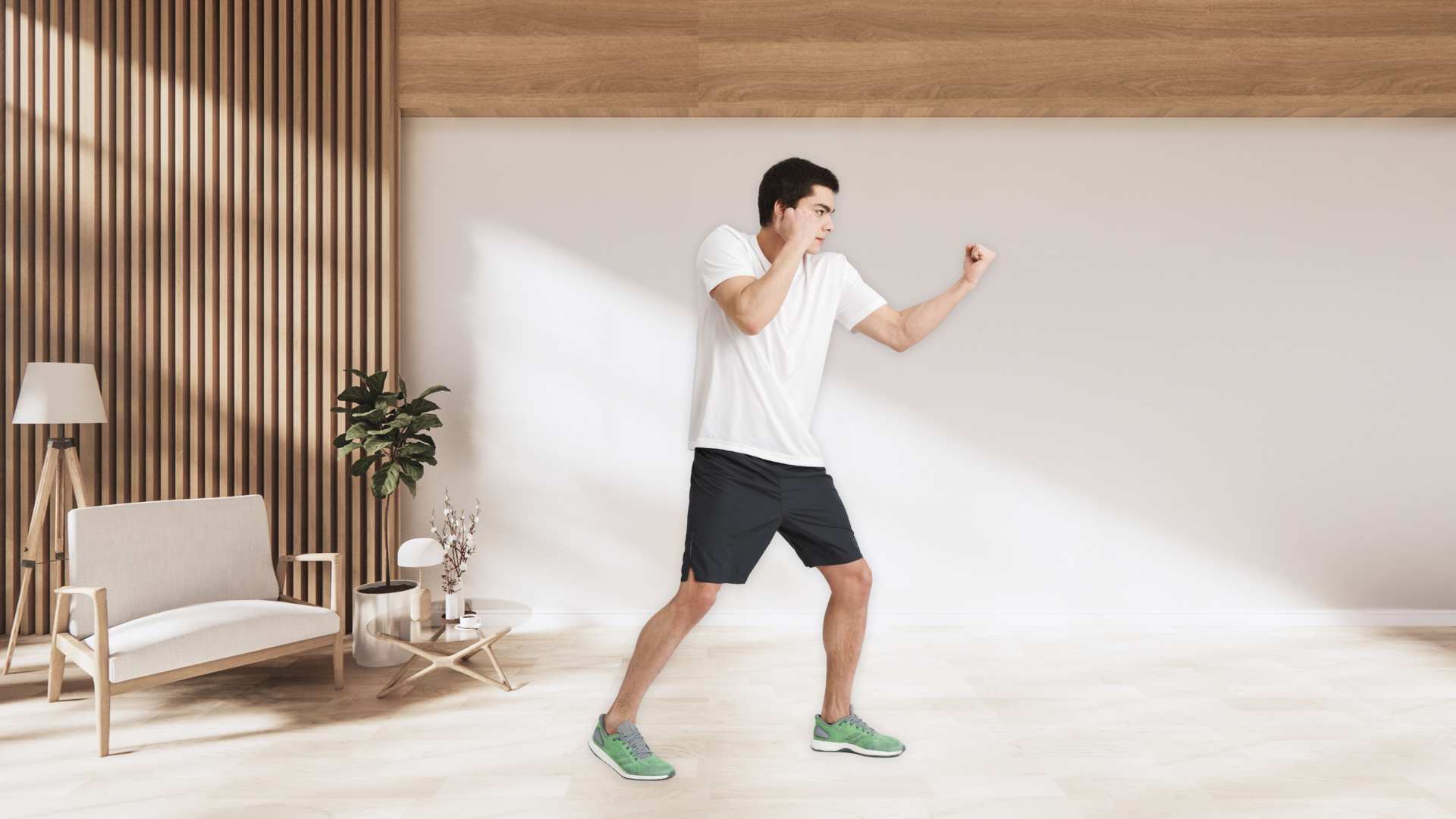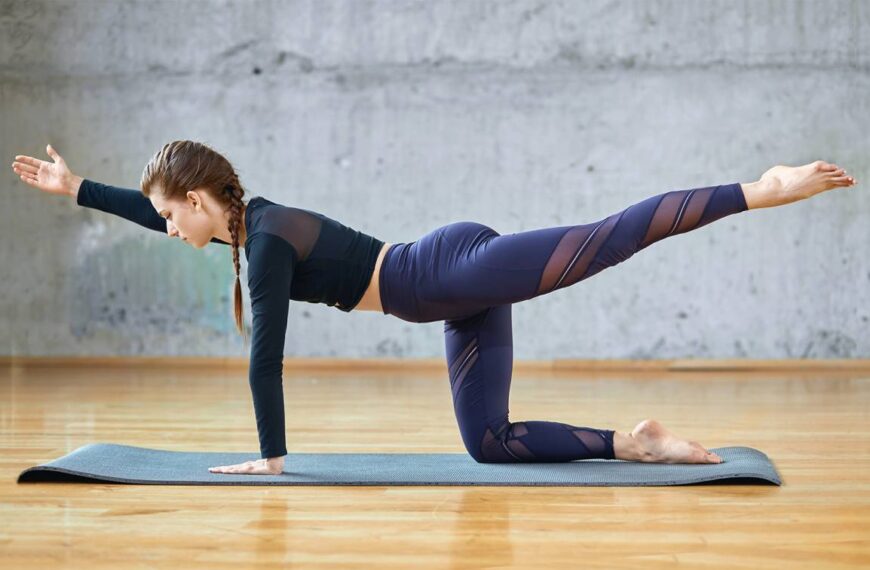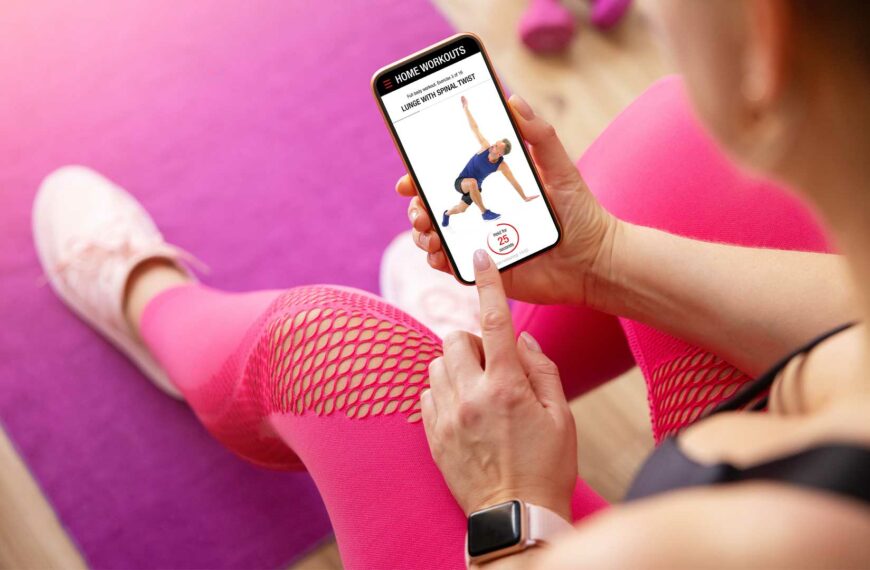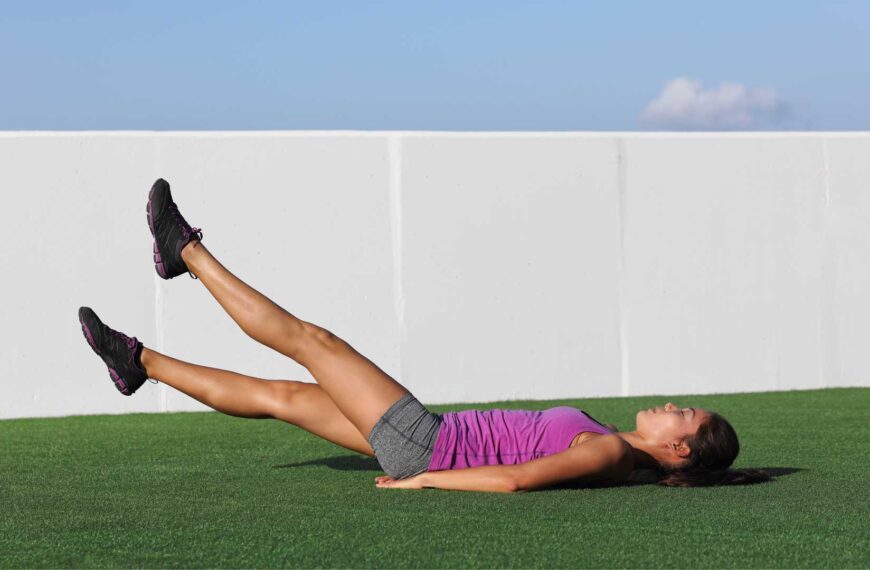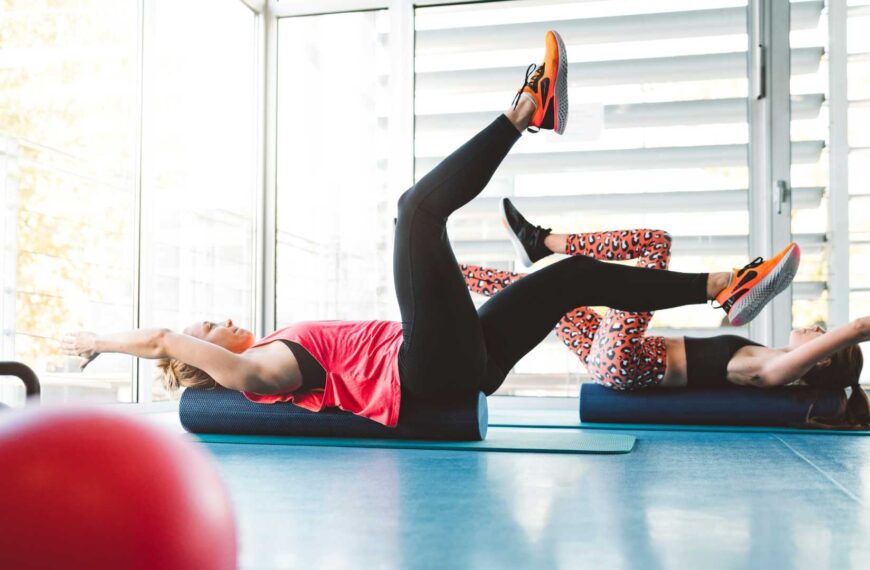Are you looking to strengthen your core and tone your abs? Then the reverse crunch exercise is an excellent choice. In this article, we will provide a complete guide to the reverse crunch exercise, including its benefits, the muscles it targets, how to perform it correctly, and more.
Reverse Crunch Exercise Guide
- Reverse crunch exercise targets rectus abdominis, obliques, and hip flexors.
- Performing the exercise with proper form and breathing technique is important.
- Reverse crunches can improve posture, balance, and alleviate low back pain.
What is the Reverse Crunch Exercise?
The reverse-crunch exercise is an abdominal exercise that involves lifting the legs towards the chest while keeping the upper body on the mat. It is an effective exercise for building core strength, improving sports performance, and alleviating low back pain.
How to Properly Perform a Reverse Crunch Exercise
To perform a reverse-crunch exercise, follow these steps:
- Lie on your back with your arms at your sides, palms facing down.
- Lift your legs off the ground so that your knees are bent at a 90-degree angle.
- Using your abs, lift your hips off the ground and towards your chest.
- Slowly lower your hips back to the starting position.
It’s important to perform the exercise slowly and with control. Focus on engaging your abs and avoid using momentum to lift your hips. Proper breathing technique is also essential. Inhale as you lift your hips and exhale as you lower them.
What Muscles are Targeted During a Reverse Crunch Exercise?
The reverse-crunch exercise primarily targets the rectus abdominis muscle, which is responsible for flexing the spine and bringing the chest towards the pelvis. Additionally, the exercise targets the hip flexors, which are responsible for moving the legs towards the chest.
Benefits of Doing Reverse Crunches
There are several benefits to doing reverse crunches:
1. Core Strengthening
The reverse-crunch exercise is an effective way to strengthen your core muscles. By targeting the rectus abdominis and hip flexors, the exercise can help improve your overall core strength. A stronger core can help improve your posture and balance, as well as reduce your risk of injury.
2. Improved Sports Performance
A strong core is essential for many sports, including running, swimming, and weightlifting. By incorporating reverse crunches into your workout routine, you can improve your sports performance and reduce your risk of injury.
3. Alleviation of Low Back Pain
Low back pain is a common issue that affects many people. By strengthening your core muscles, you can help alleviate low back pain. The reverse-crunch exercise is a great way to target the lower portion of the rectus abdominis, which can help stabilize your spine and reduce stress on your lower back.
Variations of the Reverse Crunch Exercise
There are several variations of the reverse-crunch exercise, including:
1. Bent-Knee Reverse Crunch
The bent-knee reverse-crunch is a modification of the standard reverse-crunch. Instead of keeping your legs straight, you bend your knees and lift them towards your chest. This variation is easier on the lower back and can be helpful for beginners.
2. Twisting Reverse Crunch
The twisting reverse-crunch is a variation that targets the obliques, which are muscles on the sides of your torso. To perform the exercise, you twist your torso to the side as you lift your hips towards your chest. This variation is more advanced than the standard reverse-crunch and requires more core strength.
3. Reverse Crunches with Resistance Bands
Another variation of the reverse-crunch exercise is adding resistance bands. This helps to make the exercise more challenging by increasing resistance. Place the resistance band around your feet and perform the exercise as usual.
How Many Sets and Reps Should You Do for a Reverse Crunch Exercise?
The appropriate number of sets and reps for a reverse crunch exercise depends on your fitness level and goals. As a general guideline, start with 2-3 sets of 10-15 reps. As you get stronger, you can increase the number of sets and reps.
How Often Should You Do Reverse Crunches?
The frequency of doing reverse-crunches depends on your fitness level and goals. As a general guideline, aim to do the exercise 2-3 times per week. Be sure to incorporate other core exercises into your workout routine as well.
Safety Tips for Doing Reverse Crunches
To ensure your safety while doing reverse crunches, follow these tips:
- Avoid using momentum to lift your hips.
- Stop if you feel any pain or discomfort.
- Consult a healthcare provider if you have any back or neck injuries.
Common Mistakes to Avoid While Doing Reverse Crunches
To get the most out of your reverse-crunch exercise, avoid these common mistakes:
- Arching your back
- Not engaging your core muscles properly
- Using momentum to lift your hips
Who Should Avoid Doing Reverse Crunches?
If you have neck or back injuries, it’s important to avoid doing reverse crunches. Instead, consult with a healthcare provider to determine the best exercises for your needs.
| Exercise | Description | Modification |
|---|---|---|
| Reverse Crunch | Lift your legs towards the chest while keeping the upper body on the mat | Use a stability ball to support your lower back |
| Bent-Knee Reverse Crunch | Bend your knees and lift them towards your chest | Use a pillow or cushion to support your back |
| Twisting Reverse-Crunch | Twist your torso to the side as you lift your hips towards your chest | Use a medicine ball or weight to add resistance |
| Reverse Crunches with Resistance Bands | Place a resistance band around your feet and perform the exercise as usual | Use a resistance band and perform the exercise with straight legs to reduce pressure on your joints |
How to Modify the Reverse Crunch Exercise
For those with physical limitations, certain modifications to the reverse-crunch exercise can be made. Pregnant women can perform the bent-knee reverse-crunch while using a pillow or cushion to support their back. Individuals with knee or hip issues can perform the exercise with straight legs or with a resistance band to reduce the pressure on their joints.
How to Incorporate Reverse Crunches into a Workout Routine
To incorporate reverse crunches into your workout routine, try alternating them with other core exercises such as planks, mountain climbers, and burpees. Here’s an example of a full-body workout routine that includes reverse crunches:
- Jumping Jacks – 3 sets of 20 reps
- Burpees – 3 sets of 10 reps
- Reverse Crunches: 2 sets of 15 reps
- Mountain Climbers – 3 sets of 20 reps
- Push-ups – 3 sets of 10 reps
- Squats – 3 sets of 15 reps
- Full-Body Stretch
Conclusion
The reverse-crunch exercise is a great way to strengthen your core and tone your abs. By following proper form and safety guidelines, you can incorporate this exercise into your workout routine and reap the benefits. Remember to modify the exercise if necessary, and most importantly, listen to your body and stop if you feel any pain or discomfort.
FAQs
Who can benefit from doing reverse-crunch exercise?
Anyone looking to strengthen their abs and improve core stability.
What muscles are worked during reverse-crunch exercise?
The rectus abdominis, hip flexors, and obliques.
How do you perform a proper reverse-crunch exercise?
Lie on your back, lift your legs, and contract your abs to lift your hips off the ground.
What if I can’t lift my hips off the ground during reverse-crunch exercise?
Try starting with bent knees or using a modification like a stability ball.
How often should I do reverse-crunch exercise?
Aim for 2-3 sets of 10-15 reps, 2-3 times per week.
What are some common mistakes to avoid during reverse-crunch exercise?
Don’t use momentum, keep your lower back pressed into the ground, and don’t pull on your neck.
Merlin App for Reverse Crunch
The Merlin App serves as an invaluable fitness companion when it comes to performing exercises like the Reverse-Crunch. This particular exercise primarily targets the abdominal muscles, and the app offers guidance and assistance to ensure you execute it with the correct form and technique.
When performing a Reverse Crunch, it’s crucial to maintain proper posture and motion to avoid strain and injury. The Merlin App uses AI technology to provide real-time feedback during the exercise. It can analyze your body movements and offer immediate corrections if your form is off, helping you avoid common mistakes that can diminish the effectiveness of the exercise.
The app’s voice feedback feature is particularly beneficial during Reverse Crunches. As you lift your hips and lower back off the ground, the app can provide verbal cues to guide you through each step of the movement. It offers encouragement and motivational messages to keep you engaged and ensure that you’re performing the exercise correctly.


